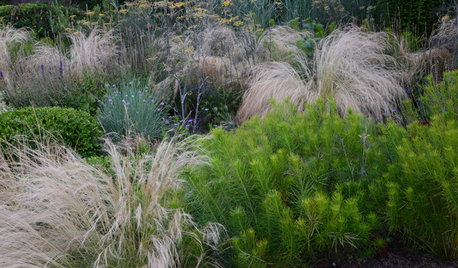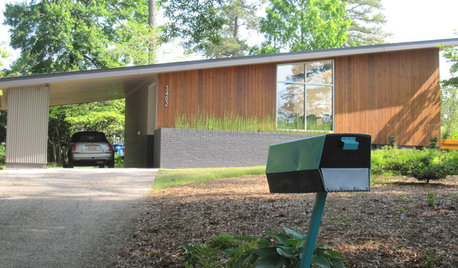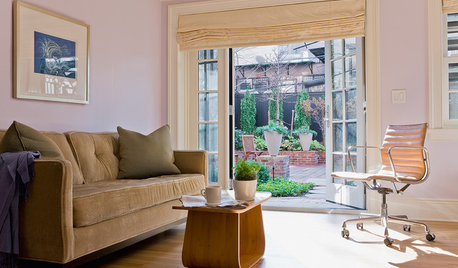Is this bush savagable?
katie3
16 years ago
Related Stories

GARDENING GUIDES4 Ways to Break the Rules in Your Garden
For a more creative landscape design, take a different approach to planting
Full Story
GARDENING FOR BUTTERFLIES3 Ways Native Plants Make Gardening So Much Better
You probably know about the lower maintenance. But native plants' other benefits go far beyond a little less watering and weeding
Full Story
MIDCENTURY STYLEFollow One Man’s Midcentury-Mailbox Dream
An ill-fitting mailbox leads a determined dad on a quest — and possibly to a new business
Full Story
REMODELING GUIDESThe Case for Waiting to Remodel
We know, you're excited to make your home match your vision. But your vision may change once you've lived there awhile
Full Story
TREES7 Deer-Resistant Flowering Trees to Plant this Fall
If you live in a neighborhood with roaming deer, consider these beautiful trees that won't tempt hungry guests
Full Story
EDIBLE GARDENSHow to Grow Your Own Sweet Summer Crops
This guide will help any gardener get started on growing the freshest warm-season veggies and berries for summer
Full StorySponsored






luis_pr
rhodyman
Related Professionals
Glendora Landscape Architects & Landscape Designers · Zion Landscape Architects & Landscape Designers · Elgin Landscape Contractors · Byram Landscape Contractors · Canby Landscape Contractors · Canton Landscape Contractors · Clark Landscape Contractors · Deer Park Landscape Contractors · East Lake-Orient Park Landscape Contractors · Farmington Landscape Contractors · Harrisburg Landscape Contractors · Hawaii Landscape Contractors · Hurricane Landscape Contractors · Methuen Landscape Contractors · Irvington Landscape Contractorsobject16